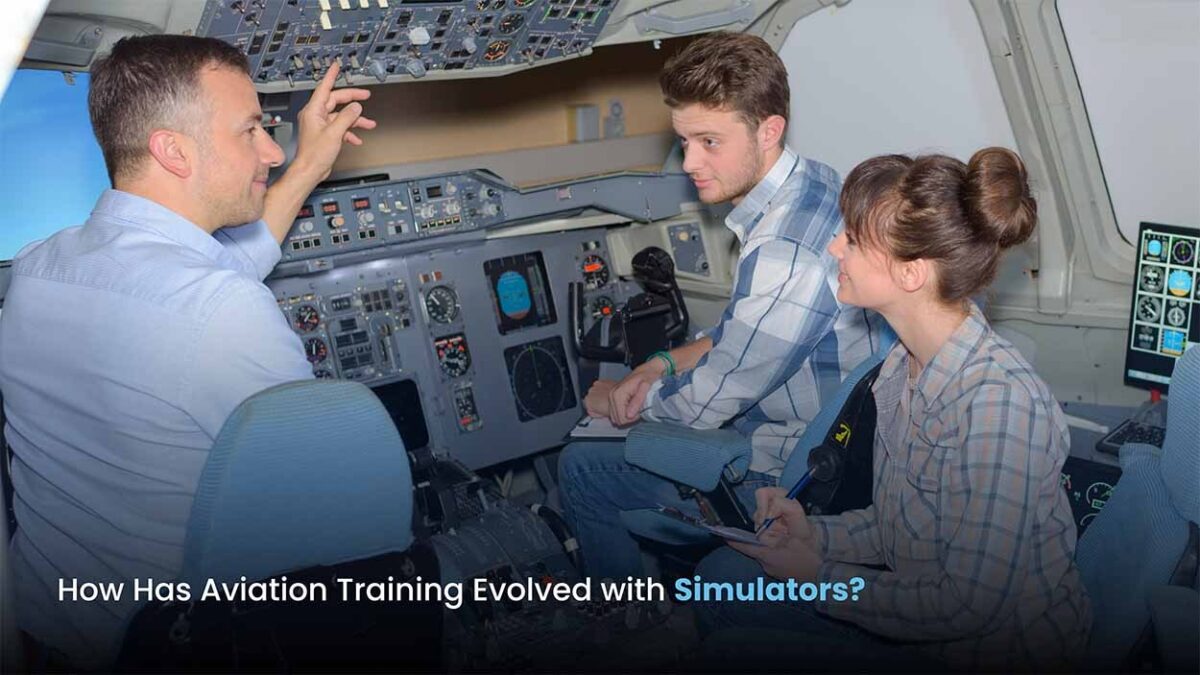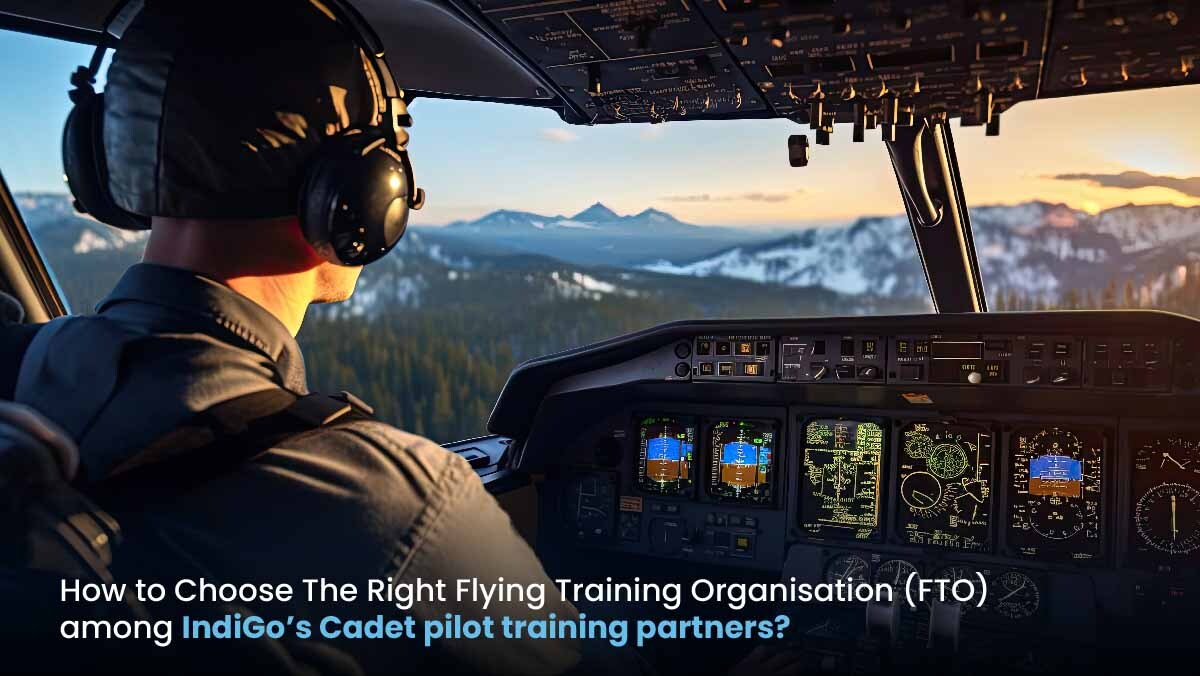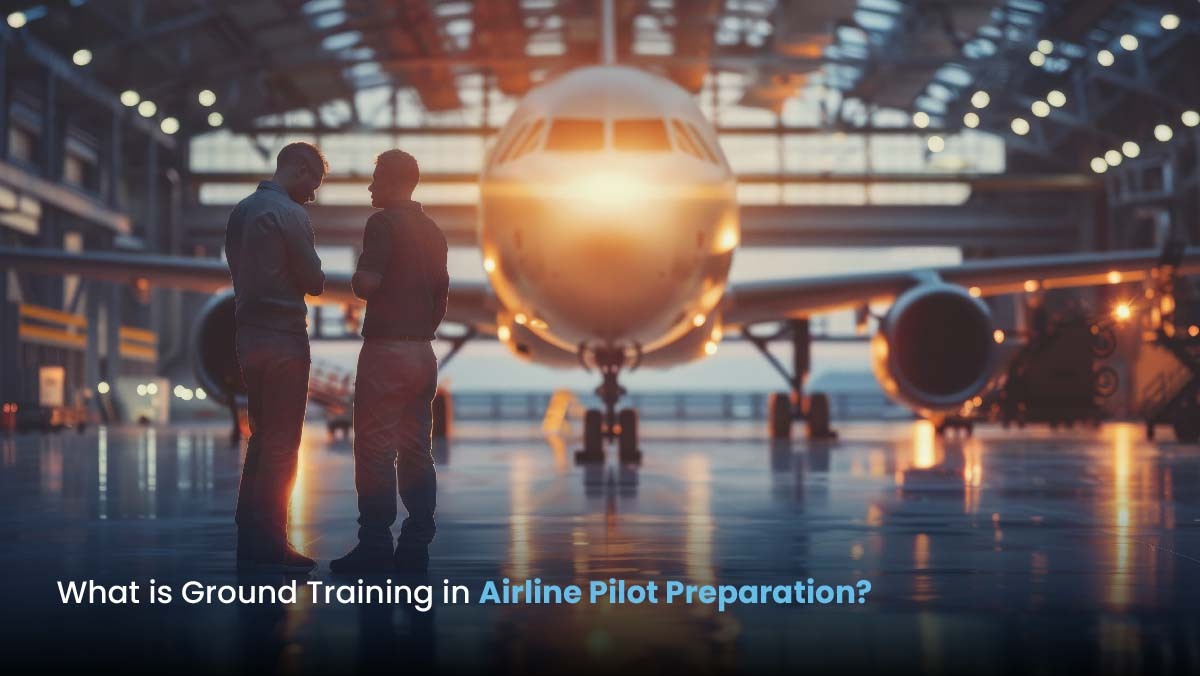
Becoming an airline pilot is a dream for many, but achieving this dream requires not only exceptional flying skills but also the ability to navigate through rigorous interview processes. This guide is designed to prepare you for your airline pilot interview, incorporating industry-specific insights and expert advice to help you stand out
Understanding the Interview Process
Airline interviews typically consist of two main components: These are often carried out in the form of a competency assessment and a technical assessment. The competency section assesses your interpersonal skills – the ones that come in the category of people skills, such as interpersonal communication, group work, and personal problem-solving skills in a set pattern of interviews. Technical knowledge questions are competitive and may comprise ongoing questions on operations of the aircraft as well as standardised questions on aviation laws.
1. Technical Preparation
One must study and be aware of the basic theoretical aspects of the training stipulated by the ATPL syllabus. All the subjects from the fundamentals of flight and geographical navigation to Atmospheric science and legal basics of aviation. As a repeated practice, analyzing the previous changes in the laws and regulations will be significant, especially the recent ones for the Indian DGCA.
2. Competency Evaluation
You must be prepared to exercise the most efficient pilot skills, including leadership abilities, decision-making in emergency conditions, and the ability to take into consideration all the factors which may affect the flight. Some of these questions may involve role-play, where you will be placed in some circumstances in which you will have to analyse how you will deal with a certain situation, such as a technical failure or a medical emergency in the aircraft.
Dress Code and Presentation
First impressions are crucial. Dress formally and properly. It is advisable for men to wear dark-coloured suits with small logos. Make sure your grooming is very neat, including neat hair and no visible tattoos. One’s attire should depict professionalism and respect for the panel.
Research and Preparation
- Understanding the Airline
A thorough career-related understanding may just make the difference to your success. In this case, one would study the fleet, routes of the carrier, the company’s history and its culture. Be prepared with their mission statement and their values because you will be asked to tell how those correspond with your own goals and ambitions.
- Current Industry Insights
Stay updated with the latest trends and developments in aviation, both globally and within India. Be aware of any recent incidents or technological advancements. This knowledge not only shows your commitment to the aviation industry but also your initiative to go beyond the basic requirements.
Simulation and Practical Tests
Many airlines include a simulator test to assess your flying abilities practically. Familiarise yourself with the specific aircraft models used by the airline. Practicing in flight simulators can help you brush up on your skills and reduce anxiety during the actual test.
Common Interview Questions and How to Tackle Them
Be prepared to answer both technical and behavioural questions. Use the STAR method to structure your responses to behavioral questions, which helps clearly convey your thought process and the outcomes of your actions.
The STAR (Situation, Task, Action, Result) method is a structured approach to answering behavioural interview questions in the aviation industry. It helps pilots effectively communicate their past experiences, skills, and problem-solving abilities by creating a coherent narrative that highlights their suitability for the role. The STAR method is beneficial as it organises thoughts, presents experiences clearly, and emphasises relevant skills, ultimately increasing the chances of success in the pilot selection process, which may also include aptitude tests assessing spatial reasoning, problem-solving, verbal and numerical abilities, hand-eye coordination, multitasking, and reaction time.
Sample Technical Question:
- “Explain how you calculate the takeoff and landing distances under different weather conditions.”
Sample Behavioral Question:
- “Describe a time when you had to make a critical decision under pressure during a flight.”
Mock Interviews
Conducting mock interviews with seasoned pilots or mentors can provide invaluable practice and feedback. This preparation can help refine your answers, improve your delivery, and boost your confidence.
Conclusion
Successfully navigating an airline pilot interview is crucial for achieving your dream of flying commercially. Preparation is key. Understand the interview structure, conduct thorough research on the airline, and be well-prepared for both technical and behavioural airline interview questions. Mock interviews and simulator sessions are essential for honing your skills and boosting confidence. The interview is your chance to showcase your passion for aviation and readiness for a rewarding career. With the right preparation and a professional demeanour, you can make a lasting impression and stand out from the competition. Prepare diligently, aim high, and your efforts will help you soar in your aviation career.
FAQs
Q. What should I wear to an airline pilot interview?
A. Dress in a conservative, professional suit. Ensure a clean, groomed appearance to convey professionalism.
Q. What types of questions are asked in an airline pilot interview?
A. Expect a mix of technical questions about aviation and situational questions that assess your problem-solving and decision-making skills.
Q. What role does simulator assessment play in pilot interviews?
A. Simulator assessments are critical as they evaluate your practical flying skills, response to emergencies, and ability to manage standard operations under pressure.









